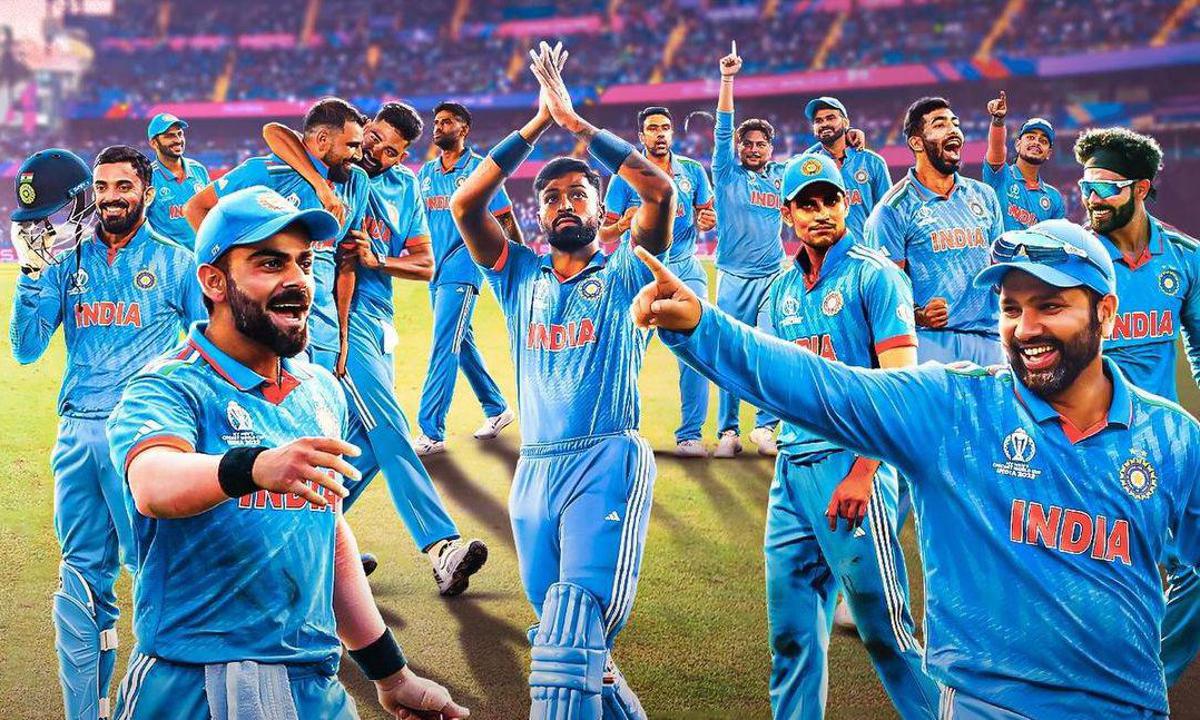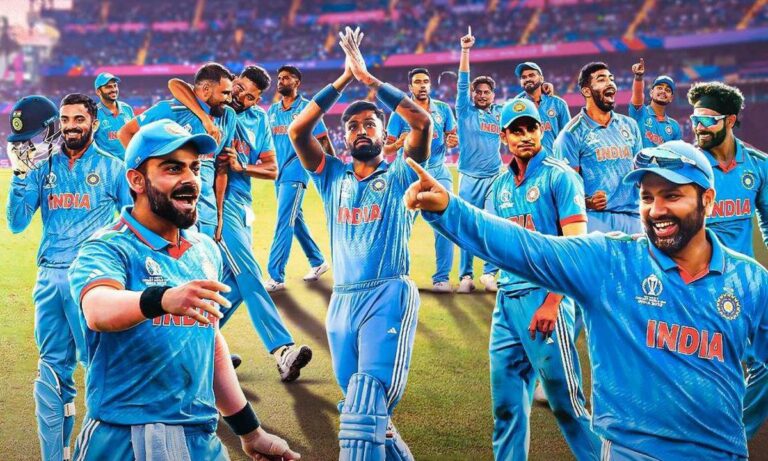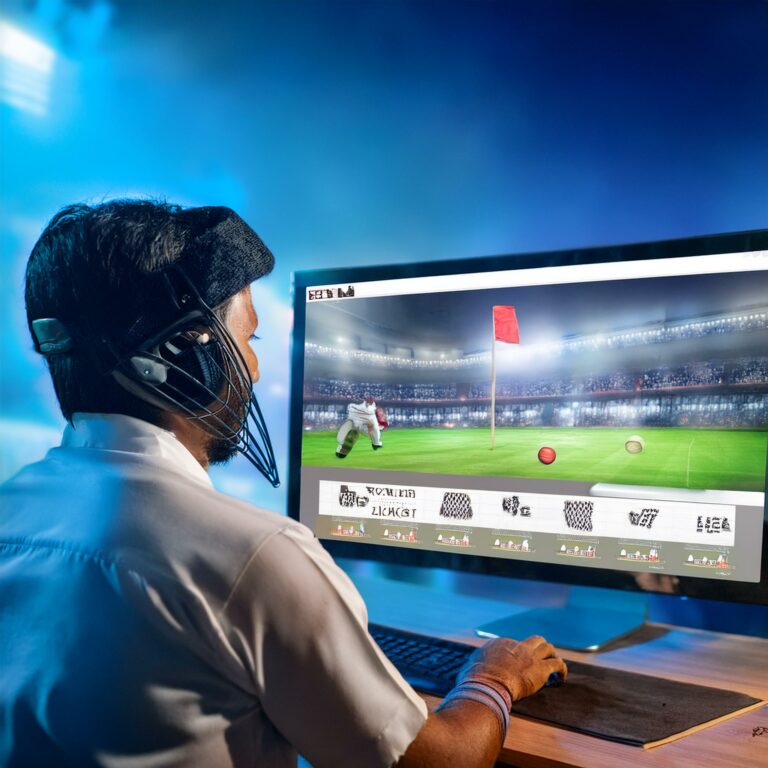How Cricket Leagues Are Promoting Technological Advancements: 99exch, Reddy Anna Book, Allpanel
99exch, Reddy Anna Book, All Panel.com, Allpanel: Virtual reality (VR) technology has been increasingly integrated into training programs across various industries, including sports. Athletes and coaches are leveraging VR to simulate game scenarios, enhance decision-making skills, and improve overall performance. By immersing athletes in realistic virtual environments, they can practice and refine their techniques in a safe and controlled setting, leading to more effective training outcomes.
One of the key advantages of using VR for training purposes is its ability to provide instant feedback to athletes. Through VR simulations, players can receive real-time performance data and analysis, allowing them to identify areas for improvement and make adjustments on the spot. This immediate feedback loop not only accelerates the learning process but also helps athletes fine-tune their skills with precision and accuracy.
Integration of advanced camera systems for better match coverage
Advanced camera systems have revolutionized the way sports events are covered, providing viewers with immersive and detailed footage. These high-tech cameras capture the action from multiple angles, offering a more dynamic and comprehensive viewing experience. Whether it’s a close-up of a player’s facial expression after scoring a goal or a bird’s eye view of the entire field, advanced camera systems allow fans to feel like they are right in the midst of the game.
By using advanced camera systems, broadcasters and sports networks can elevate the quality of their coverage, enhancing the overall entertainment value for viewers. The crystal-clear images and smooth transitions between different camera views create a seamless viewing experience that keeps audiences engaged and captivated. Additionally, these camera systems enable analysts and commentators to provide in-depth insights and analysis, giving viewers a deeper understanding of the game and its nuances.
Adoption of wearable technology for player fitness monitoring
Wearable technology has revolutionized the way player fitness is monitored in the sports industry. These advanced devices provide real-time data on various metrics such as heart rate, distance covered, and calorie expenditure, allowing coaches and trainers to tailor individualized training programs for each player. With the ability to track performance both on and off the field, wearable technology offers a comprehensive understanding of an athlete’s physical condition, enabling teams to optimize training strategies and minimize the risk of injuries.
Moreover, the integration of wearable technology has created a more accountable and transparent environment for players and coaches alike. By offering insights into an athlete’s recovery patterns and physical exertion levels, these devices foster a culture of data-driven decision-making that prioritizes player well-being and performance improvement. With wearable technology becoming increasingly sophisticated and accessible, it is set to become an indispensable tool in optimizing player fitness monitoring across different sports disciplines.







